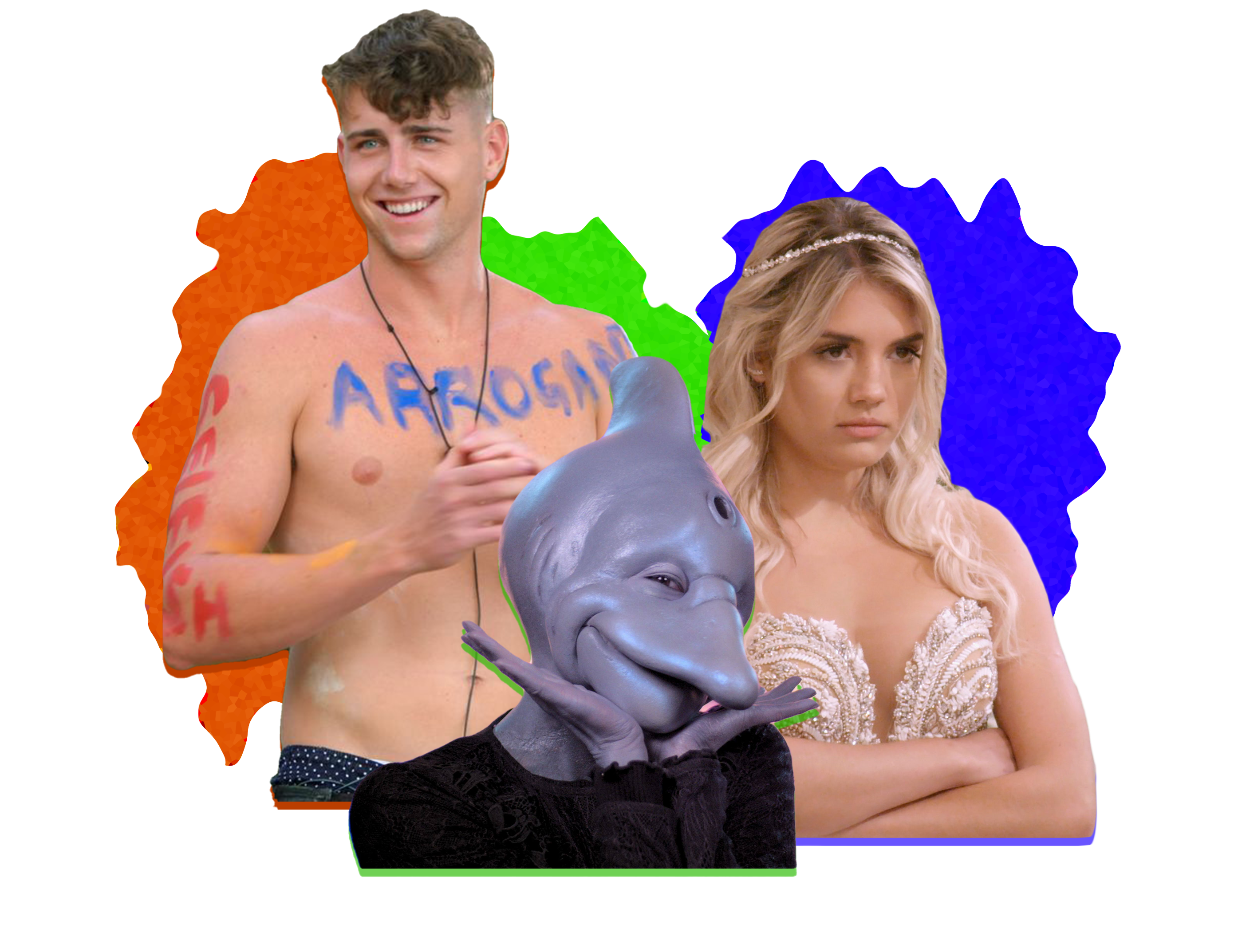The streaming service’s roster promises raunchiness but delivers an antiquated scolding
Since the start of the pandemic, Netflix has been pumping out reality shows left and right. Once the place to go for high-concept prestige TV, with early titles like “The Crown” and “House of Cards.” In recent years, Netflix has cast a wider net, venturing into the murky world of dating shows. This move makes sense, as while in lockdown, many yearned to be able to go out and meet new people, with casual dating being risky at best. So, what could be better than absorbing the sexy, flirty, and even awkward experiences of strangers, right from the comfort of your couch?
Unfortunately, Netflix’s quarantine roster did not deliver on the fun raunch viewers have come to expect from reality dating shows. Instead, it doled out a heavy hand of sex-negativity and falsehoods on basic human attraction.
This trend is no more obvious than in the streaming service’s breakout hit “Too Hot to Handle.” In this show, so-called “sex-crazed singles” are lured to an island vacation on the false promise of all-night parties and uninhibited hookups. However, in what can only be described as a horror movie-esque twist, they soon realize that they are actually going to be judged on their ability to remain celibate, while under the pressure of a cash prize that decreases with every sexual indiscretion. The show’s Amazon Alexa-style robot judge posits this test as a way to force the contestants to foster “real” romantic connections with each other, rather than focusing on sex.
What results is a show with a perfectly serviceable amount of relationship drama, where the contestants learn to be “better people” through activities like wellness workshops, and break a few rules along the way. But, despite the moderate fun, always in the background is an impossible-to-ignore puritanical view that casual sex is somehow incompatible with a happy and fulfilling life.
“Too Hot to Handle” is not Netflix’s only show peddling this ideology. Both the recent “Sexy Beasts” and the early-quarantine smash hit “Love Is Blind” fall prey to similarly regressive views. In “Love Is Blind,” singles meet each other through an opaque wall, with only their conversations to connect them. The aim of the show is to foster relationships not built on physical attraction.
Similarly, in “Sexy Beasts” the romantic hopefuls can’t see each other. However, in this show, that is because the contestants are decked out in ridiculous animal and monster prosthetics for their dates. This renders them unrecognizable, and rather ugly. Both of these shows argue that when dating, physicality is the least important indicator of compatibility, and in fact, we should ignore it all together.
The issue is, this isn’t exactly true. For the vast majority of people, physical attraction is, if not very important, at least an influential factor in determining compatibility. While yes, there can be a point in which someone becomes vain or overly obsessed with looks in their partners, as humans, we generally experience sexual attraction as a fundamental fact of life.
With that, pairing couples up with either no clue what each other looks like or no experience with each others’ physical touch could lead to some awkward encounters later down the road when they realize they just aren’t compatible in that way.
But that shouldn’t be punished, right? Simply not being physically or sexually attracted to someone isn’t a moral lapse. All these shows try to convince viewers that the sheer desire to be with someone you find attractive is a non-sequitur to romance and we should try to learn to date differently.
While I think most of us would agree with the cliché that inner beauty is what really matters, and that there are some real issues with contemporary hookup culture, it’s impossible to take physicality out of the equation for the vast majority of people. It begs the question why Netflix’s shows need to demonize this fact of life.
Furthermore, on both “Sexy Beasts” and “Love is Blind,” once faces are revealed (spoiler alert), all the contestants turn out to be wildly conventionally attractive. So, if all the options were thin, young, clear-skinned, seemingly able-bodied people anyway, what sort of message is this even conveying? What are the stakes here?
These shows seem to have to convince the viewer that the show has a reason for existing. Rather than relying on the fact that many of us simply want to watch a bunch of hot dummies create drama with each other like we have for two decades on Bravo and E!, Netflix needs to convince itself these new dating shows are all “social experiments” made to uncover some hidden dirty truths about modern romance. Thus, no, a show where singles dress up in animal prosthetics to go on dinner dates can’t just exist for fun. It must now spoon-feed viewers a moral on the importance of inner beauty. This leads to a series of shows with convoluted rules and uninteresting storylines. There’s obviously space in the culture for thought-provoking stories on love and relationships, but come on, can’t Netflix just throw us a bone for once?
Photo collage by Kit Mergaert
